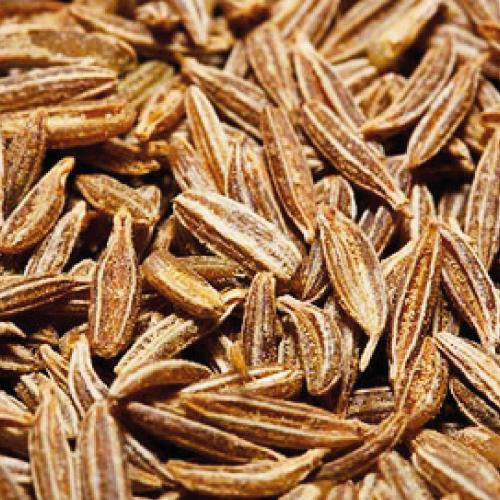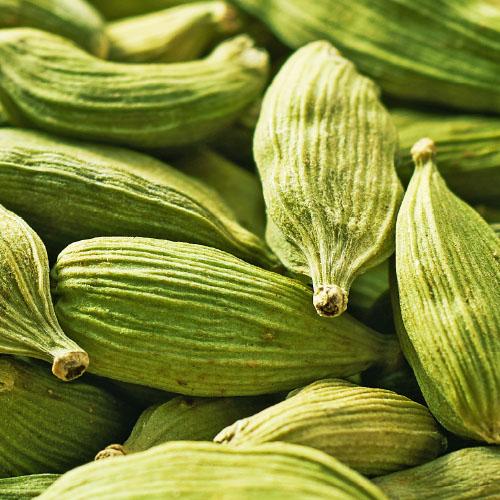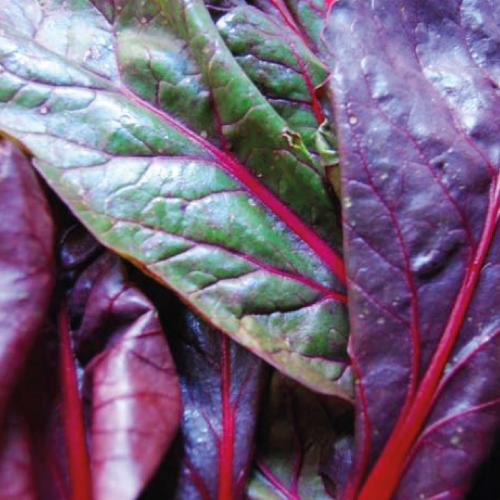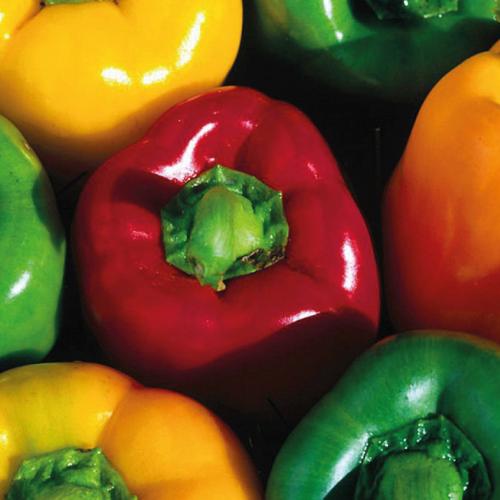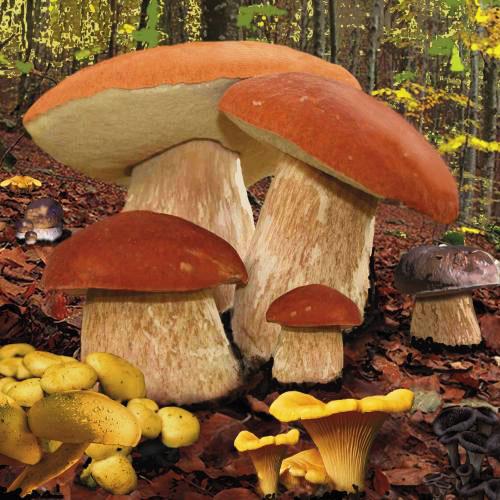Our ingredients
We select only the best ingredients for our recipes.
Cooking with spices gives dishes unexpected nuances and flavours, and is ideal for our well-being.
Native to the Nile Valley and the Mediterranean basin, cumin has long been grown in the temperate areas of Europe, India and China. It is now widespread in both North and South America. Its flavour is hot and intense, with a slightly bitter aftertaste. It is a source of protein and rich in minerals such as iron, phosphorus, potassium and magnesium.
Native to the island of Java, cubeb pepper is little known in Italian traditional cuisine, but it is widely used in Indonesian and African cuisine. It has a tangy flavour with aromatic, fruity and delicate nuances. Grown for its many beneficial qualities, it has aphrodisiac, antioxidant and depurative properties.
A combination of spices from the Indian culinary tradition available in countless versions, some of them more popular and widespread. It adds a spicy touch to food. The blend of various spices brings together its individual beneficial properties.
Native to tropical Asia, especially China and India, it is now widespread worldwide. It has an intense, fresh aroma and a pungent flavour. It is an excellent digestive, anti-inflammatory and antioxidant.
Il s’agit d’un mélange d’épices typique du nord de l’Inde. Le tandoori est répandu dans le monde entier et il en existe de nombreuses versions. Notre recette est personnalisée pour s’harmoniser avec nos sauces. Elle offre les propriétés bénéfiques des différentes épices qui la composent.
Although of Mediterranean origin, coriander is mainly used in Indian and South American cuisine. It has a sweet and delicate aroma, which accompanies but does not mask the taste of sauces. It has antibacterial properties and relieves fatigue.
A plant grown as far back as 7,000 years ago in Mexico, the chilli pepper is now well-known and popular worldwide. It is mainly used in North Africa, South Asia and, of course, Mexico. Its renowned spiciness comes from capsaicin. A powerful antibacterial agent, rich in Vitamin C and antioxidant.
A blend of Indian spices, curry achieved worldwide renown thanks to British merchants and settlers. This blend is available in many versions, featuring various degrees of intensity and spiciness.
Cardamom fruits contain many essential oils and have a fruity and spicy flavour. Many blends of spices typical of Indian cuisine, among them curry and masala, include cardamom. A very popular spice in Arab countries and in the Far East, it is also used to flavour coffee and black tea.
A spice native to south-east Asia, with a bitter and spicy taste. It is widely used as a detoxifier for the body due to its antioxidant and anti-inflammatory properties. India is currently the world’s leading producer and consumer.
Fresh vegetables and herbs that enhance flavours are the main ingredients of our sauces.
The tomato is the vegetable that most represents Italy all over the world. Grown from the north to the south, it is the key ingredient in many of Italy's most typical and traditional recipes. Tomatoes are rich in vitamins and minerals, and are important in terms of their nutritional value.
Brightly coloured, peas are a popular variety of legumes in Italy and around the world. Of ancient origin, they have always been on meal tables not only for their sweet and delicate flavour but also for their countless beneficial properties. Peas are low in calories and rich in minerals, vitamins, fibre and water.
Spanning centuries in Mediterranean kitchens, garlic is a bulb with cloves that contain an unmistakable aroma and flavour. This ancient and precious ingredient enhances all other ingredients. It goes well with everything, meat, fish and vegetables. It is rich in minerals and vitamins.
A shrub that grows wild along the coasts of the Mediterranean Sea, rosemary is regarded as the herb par excellence. An essential ingredient in Italian recipes, it goes perfectly well with other key ingredients of Mediterranean cuisine, such as garlic and oil, enhancing all sorts of dishes. It has been used since ancient times due to its unmistakable aromatic qualities.
The olive is the extraordinary fruit of the olive tree, which has been widespread in the Mediterranean basin for thousands of years An energy food with a flavour ranging from sweet to bitter, olives enhance all kinds of recipes. Rich in minerals and vitamins, they also contain many antioxidants.
Colourful and with a refreshing flavour and sweetness, wonderful beetroot leaves can be used in making some wholesome and tasty dishes. They are also the most nutritious part of the whole plant because they are rich in vitamins, iron and especially magnesium and potassium.
Native to Asia Minor, laurel is a popular herb that has been used in cooking since ancient times. It perfectly pairs with meat, fish and legumes, to which it adds a distinct taste. Rich in fibre, it is a real powerhouse of minerals.
Native to Central America, with their delicate and embracing flavour, zucchini are one of the most popular and widely consumed vegetables today. With an excellent vitamin and mineral content, they are harvested in spring and summer.
A flavoursome vegetable that goes perfectly with extra virgin olive oil, aubergine is ideal for making tasty sauces for pasta. It provides carbohydrates and protein, but above all it has a high fibre and mineral content. Cooking enhances its benefits and qualities.
Sage is a herb native to the Mediterranean basin. It is a small evergreen shrub with elongated, tapered leaves. Widely used in cooking to flavour a variety of recipes. It adds flavour and aroma to dishes and perfectly complements meat. It contains essential oils, flavonoids, vitamins B and C, and minerals.
Capers are the buds of the plant of the same name, a shrub that grows wild in countries bordering the Mediterranean Sea. They are a very popular and typical food in Mediterranean cuisine, especially Italian. They are low in fat, but rich in minerals, folate, magnesium and vitamins A, E and C.
A key ingredient in some of the most iconic recipes of Italian cuisine, basil is herb with bright leaves and a distinct, unmistakable flavour. Grown in Asia and Europe, the Genoese variety represents Italy worldwide with its unique characteristics. Rich in vitamins A-B-C and minerals, especially potassium, calcium and phosphorus.
Many varieties of tomato are grown in Italy, with each region boasting its own particular type. The cherry tomato is among the most popular due to its sweet, strong flavour and the texture of its flesh. It is ideal for making sauces. Rich in minerals and vitamins, it has a higher sugar content than other varieties.
Native to Central and South America and now widespread worldwide, peppers are very versatile in cooking. They can be the main ingredient, but also an ideal side dish. With their low calorie intake, peppers provide exceptional flavour and a significant amount of vitamin C and beta-carotene, especially if they are red.
Broccoli has been a popular vegetable since Roman times. Its bright green and delicate taste makes it unique and versatile in cooking. It is a concentrate of nutrients, rich in vitamins and minerals. As a winter vegetable, it gives those who eat it the best protection for the immune system.
Each type has its own unmistakable flavour and mushrooms are a valuable ingredient in many Italian recipes. Porcini, honey fungus and chanterelle mushrooms are the most popular and sought-after protagonists. They are rich in protein, vitamins and minerals while being very low in calories.


